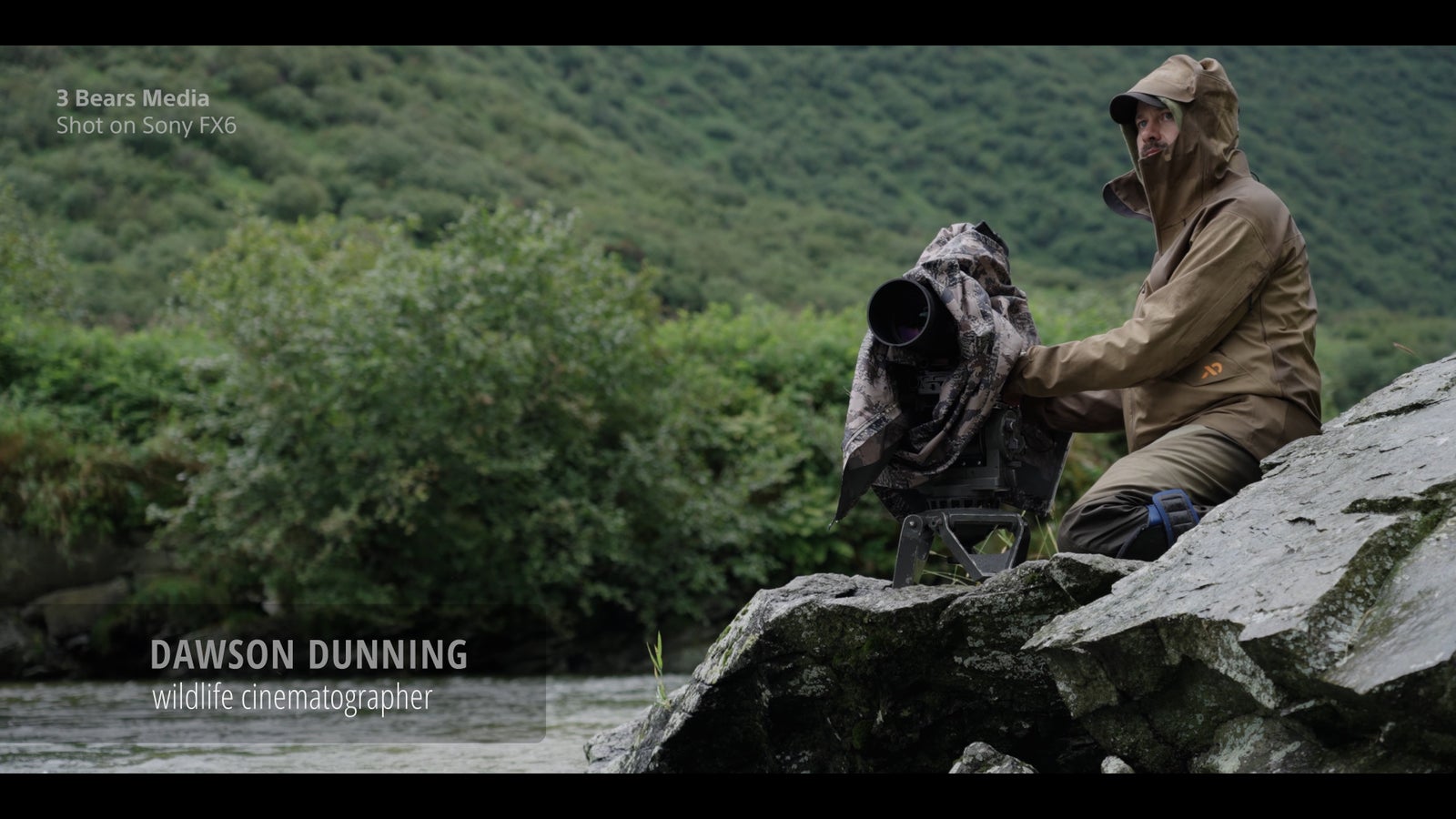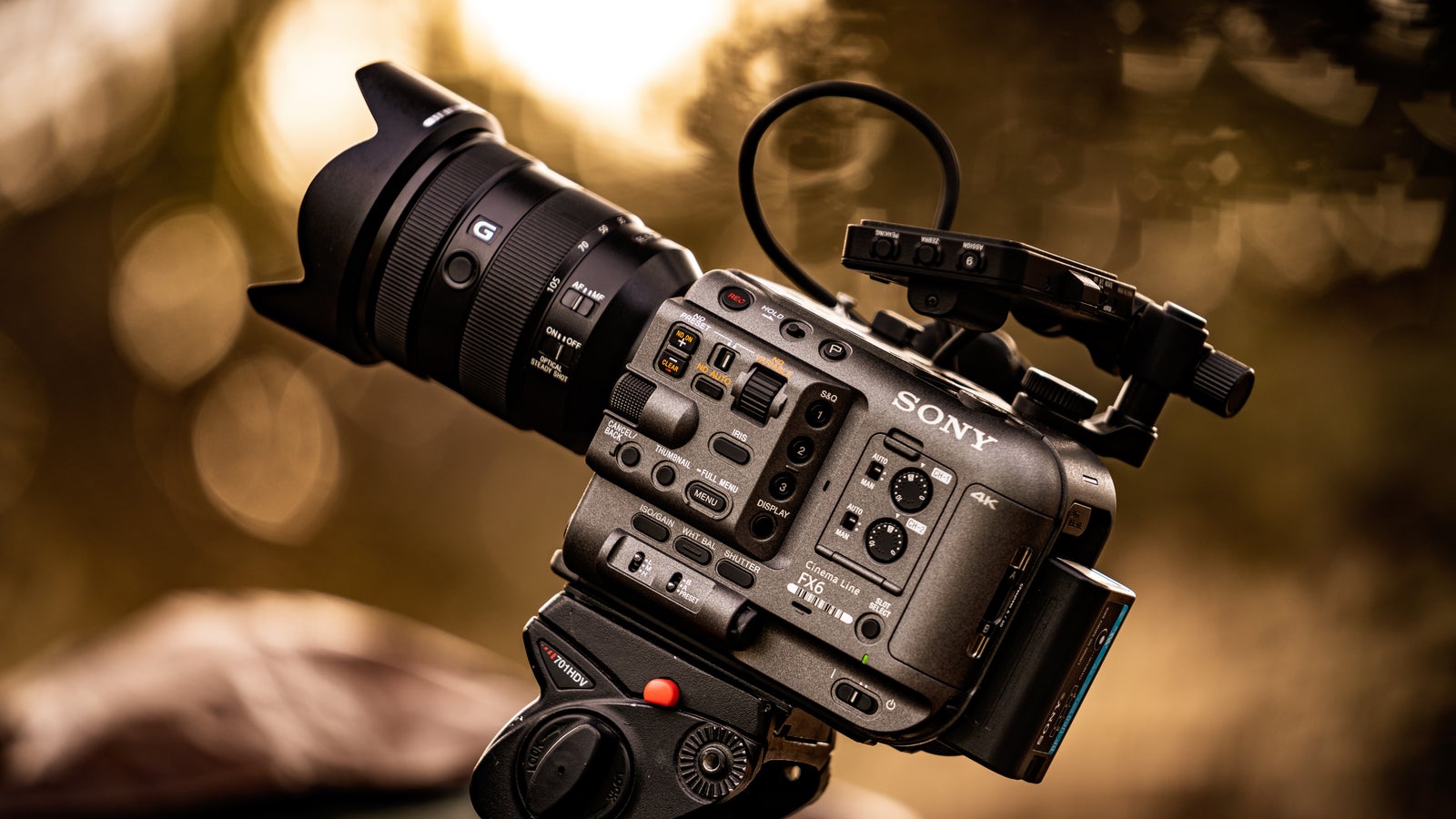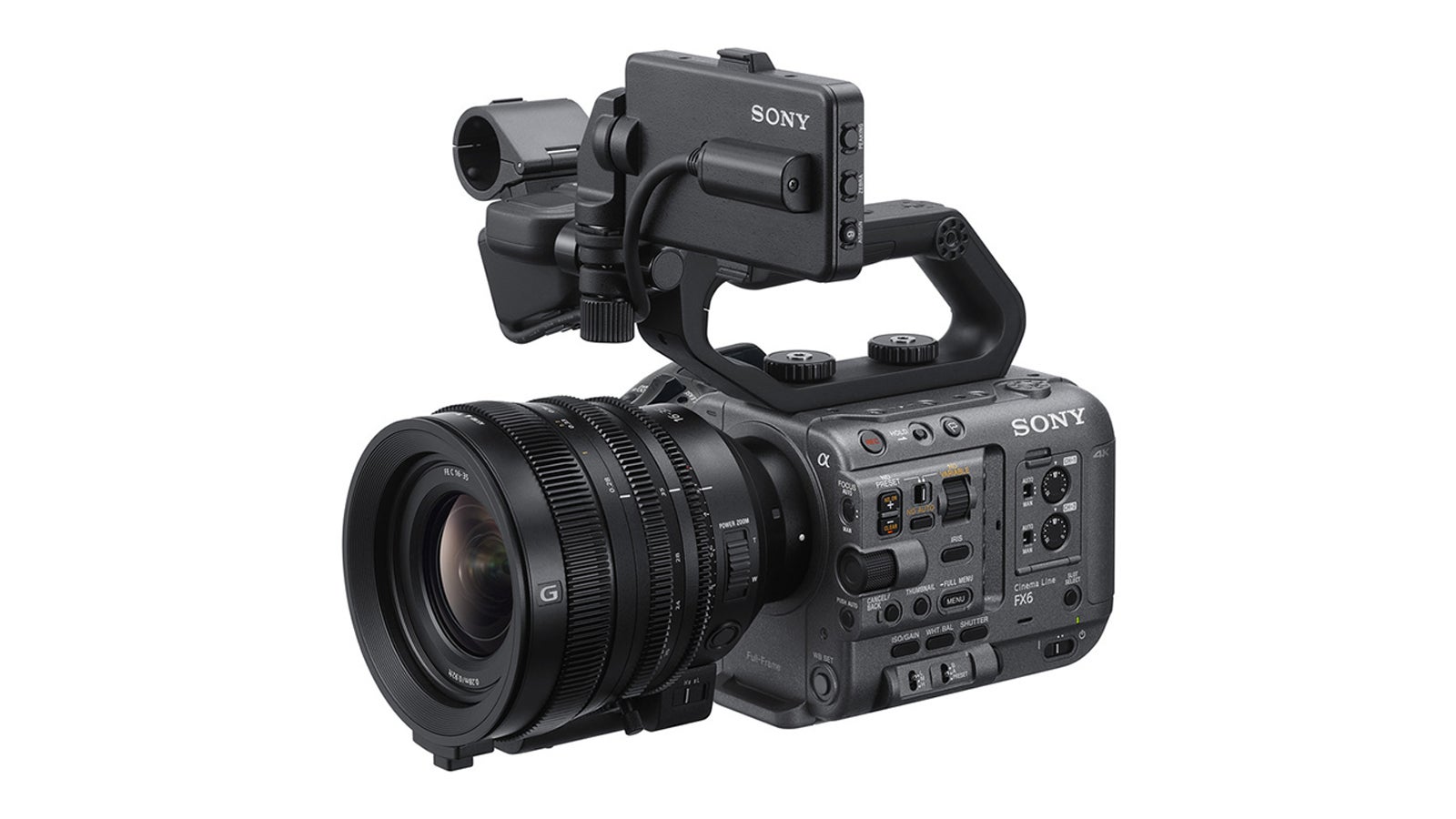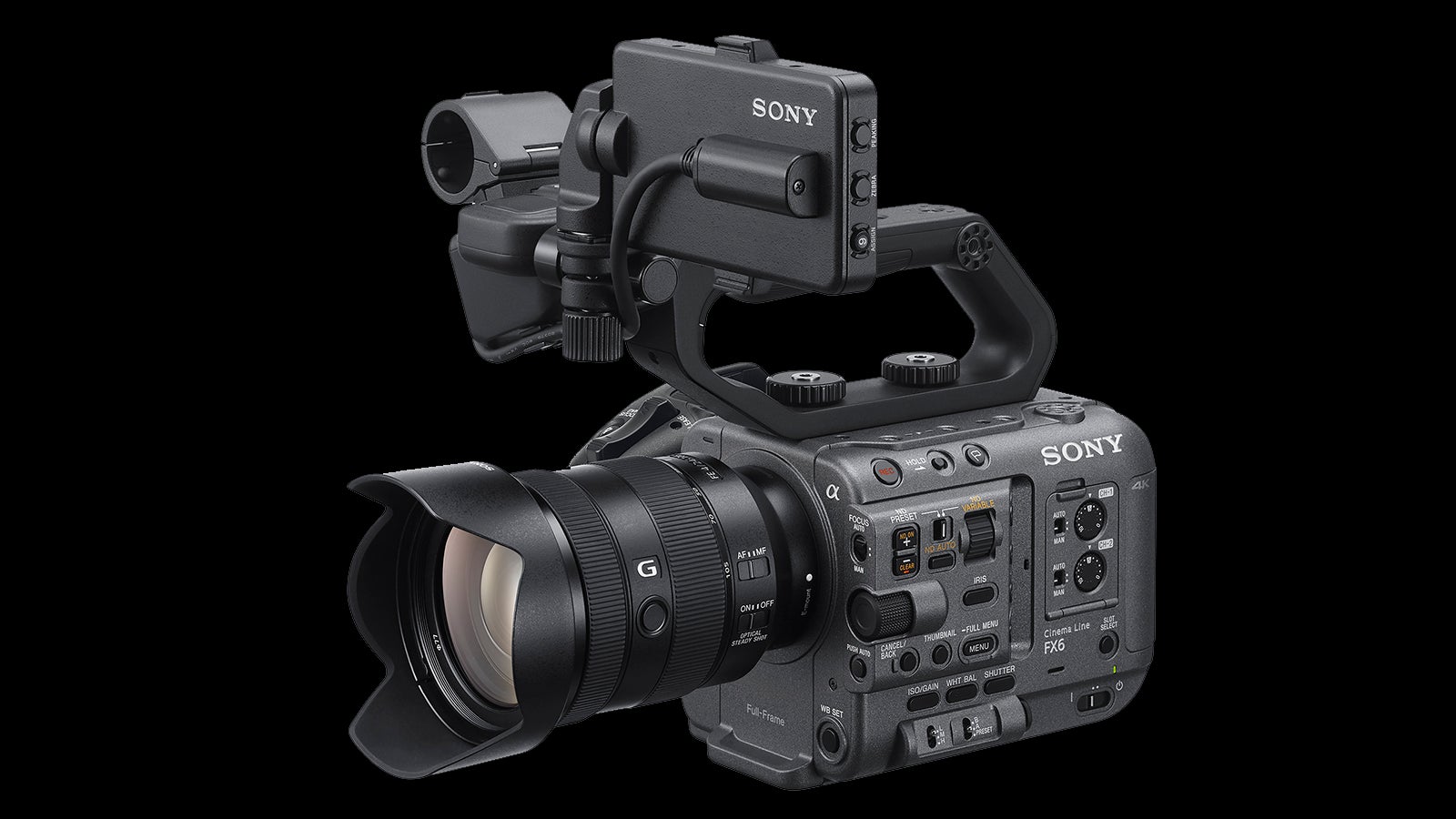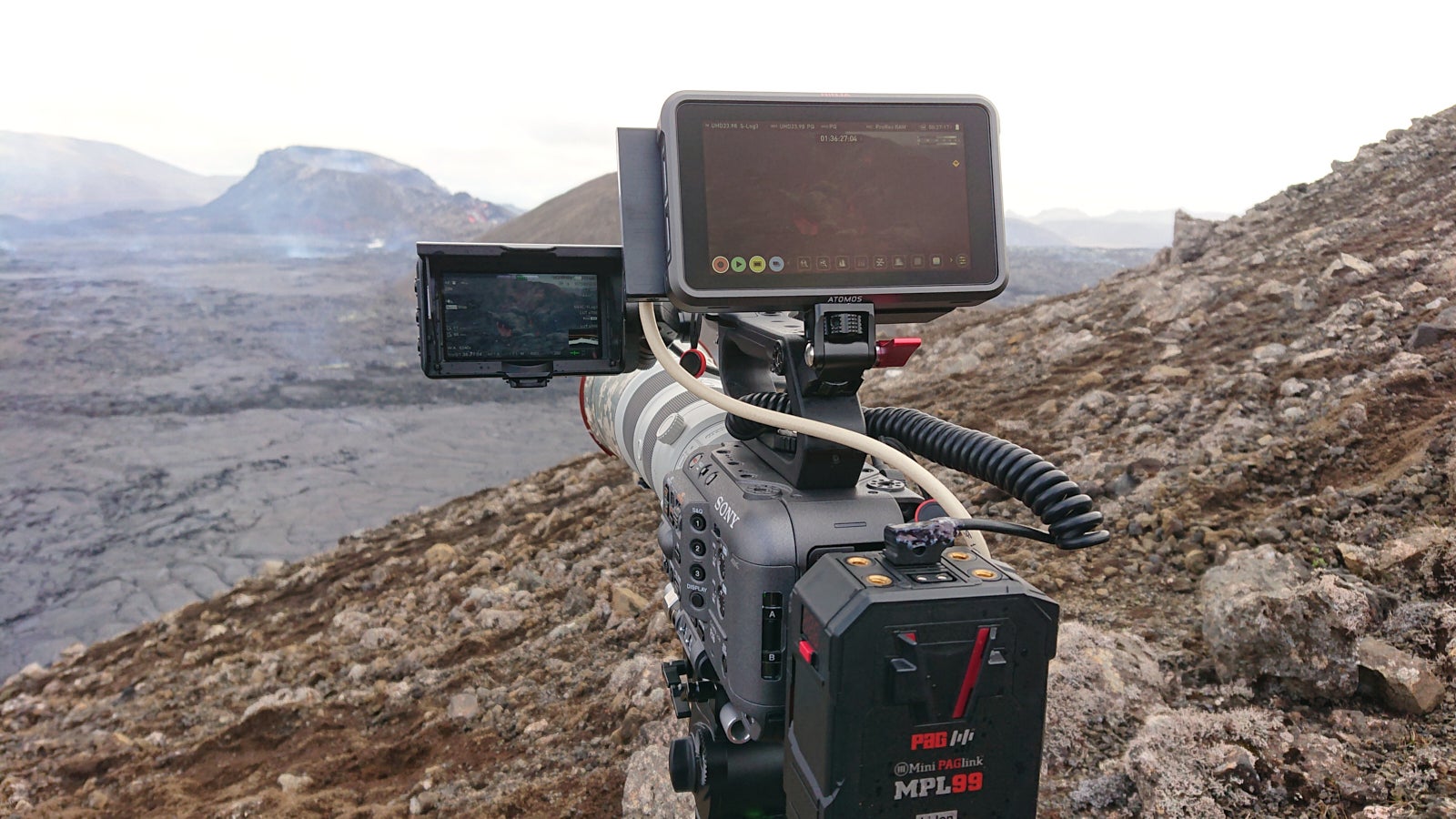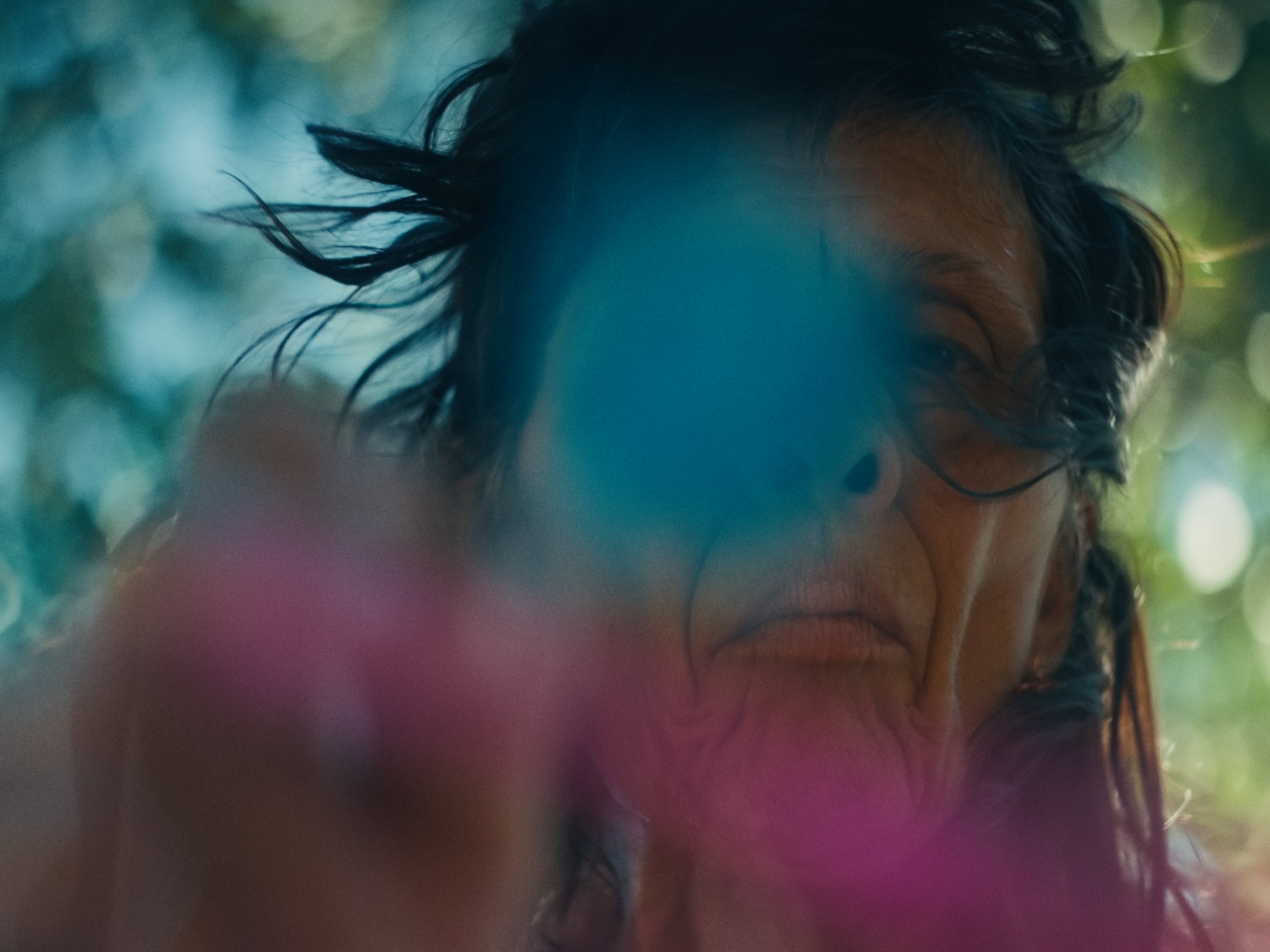
02-24-2025 - Filmmaker Interviews
Sony FX6 Helps DP Robert Hunter Bring a Native American Icon to Light at Sundance
By: Yaroslav Altunin
Documentaries are meant to uncover truths or shed light on stories we may never get a chance to see. For this, authenticity of voice is of the utmost importance. It is with this foundation that Loren Waters (Cherokee and Kiowa), producer and director of the short documentary, Tiger, crafted her film.
Centered around Dana Tiger, a Muscogee artist of Seminole and Cherokee descent, and the cherished family-owned T-shirt brand that took the world by storm in the 1980s, Tiger delivers a stunning portraiture of tragedy, family, and art, winning Waters the 2025 Sundance Short Film Special Jury Award for Directing.
Partnering with DP Robert L. Hunter (Blackfeet and Shoshone Paiute), the pair captured the documentary on the Sony FX6 using an anamorphic workflow that combined a vertical aspect ratio with two sets of anamorphic stages.
Sony Cine sat down with Waters and Hunter to learn more about the documentary, how authenticity became the engine that drove the story, and how the Sony FX6 delivered an image that Sundance had never seen.
But whenever I would hear her talk about her family story, I would always think, how has nobody made a film about you before?
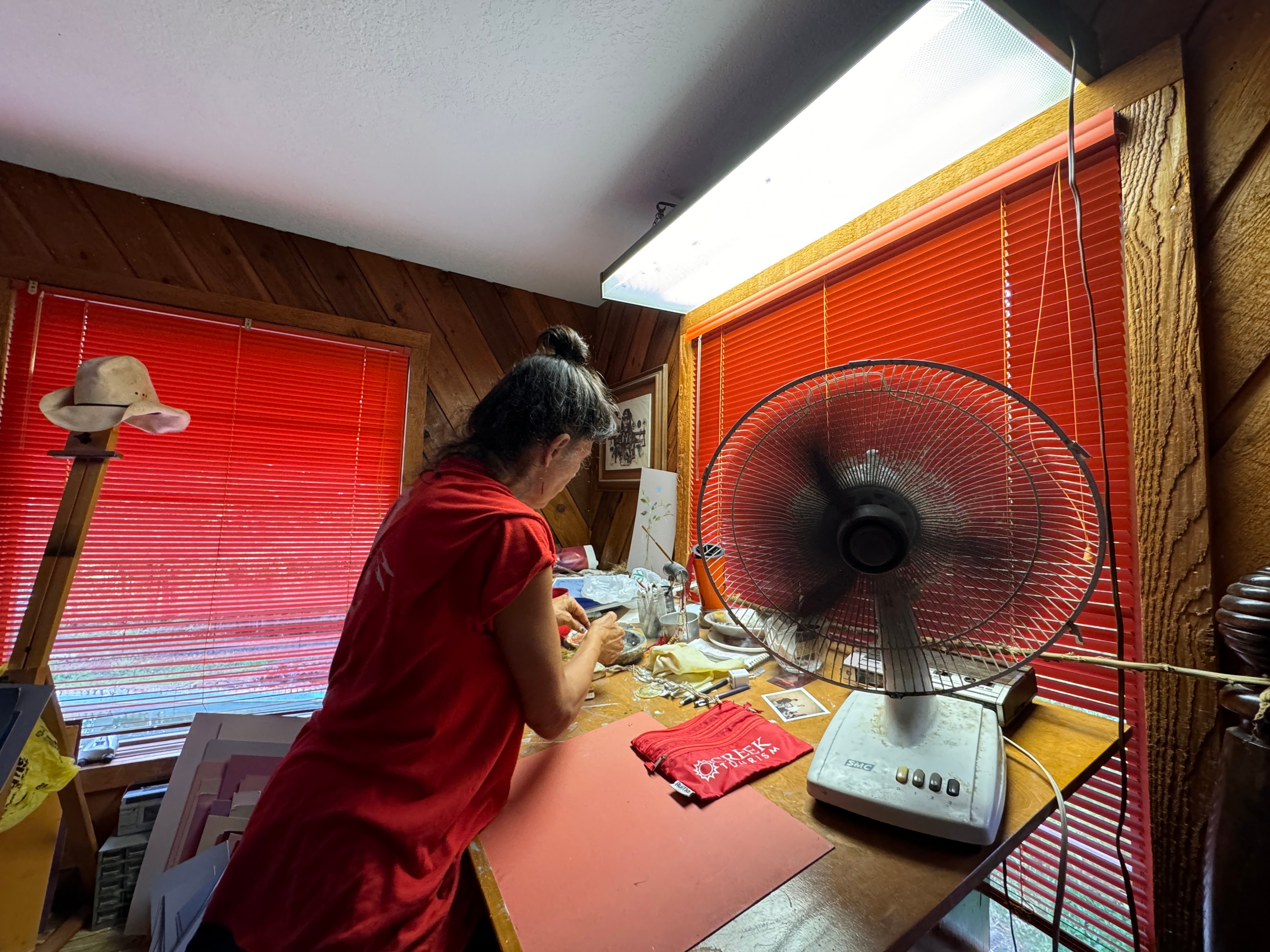
Sundance Festival Interview: Dana Tiger's Story of Tragedy, Community, and Artistic Hope
Waters first met Dana on Season 2 of Reservation Dogs, where creator Sterlin Harjo wanted the artist to be part of the fabric of the show. This chance meeting not only sparked an instant friendship but also opened a door to representation that Waters was failing to see in the arts.
"I was really inspired by [Dana's] art because she paints native women in powerful positions, and I never really saw people like myself in paintings like that," Waters said. "But whenever I would hear her talk about her family story, I would always think, how has nobody made a film about you before?"
"There's so many things that have happened to Dana…and every time she tells a story; it's like the first time she's ever told it."
The Tiger family, of which Dana is the oldest child, is steeped in equal parts artistic grandeur and tragedy. After the death of her father, Jerome Tiger, a prolific Muscogee Nation and Seminole painter who produced hundreds of paintings, the family banded together to create the Tiger T-shirt brand.
"Loren had always talked about these iconic Tiger shirts. And so, my first association with Dana was that she was an artist," Hunter said. "[Dana] has the official title of Living Legend that was given to her by the tribe, and she comes from a long line of artists. They had these iconic Tiger shirts, and it was native art on T-shirts.”
From sister to daughter and uncle to son, the entire Tiger family had a hand in crafting these shirts, which were shipped all over the world and ended up in department stores like JCPenney.
"People would literally buy them off your back if they see them because they're from the 80s and super vintage," Hunter continued. "They're highly cherished and sought after in the [native] community, especially in Oklahoma."
Yet as this Native brand spread across the globe, the murder of Dana's brother, Chris Tiger, was a toll too heavy to bear, and the business was indefinitely put on hold. Now, thirty years later, Dana has re-opened the gallery where the original T-shirts were made, reigniting her family's legacy.
"The first day that we shot with Dana…it was the first day that they were silk screening T-shirts again since 1990," Waters said. "So, we knew at that point that we needed to tell this story."
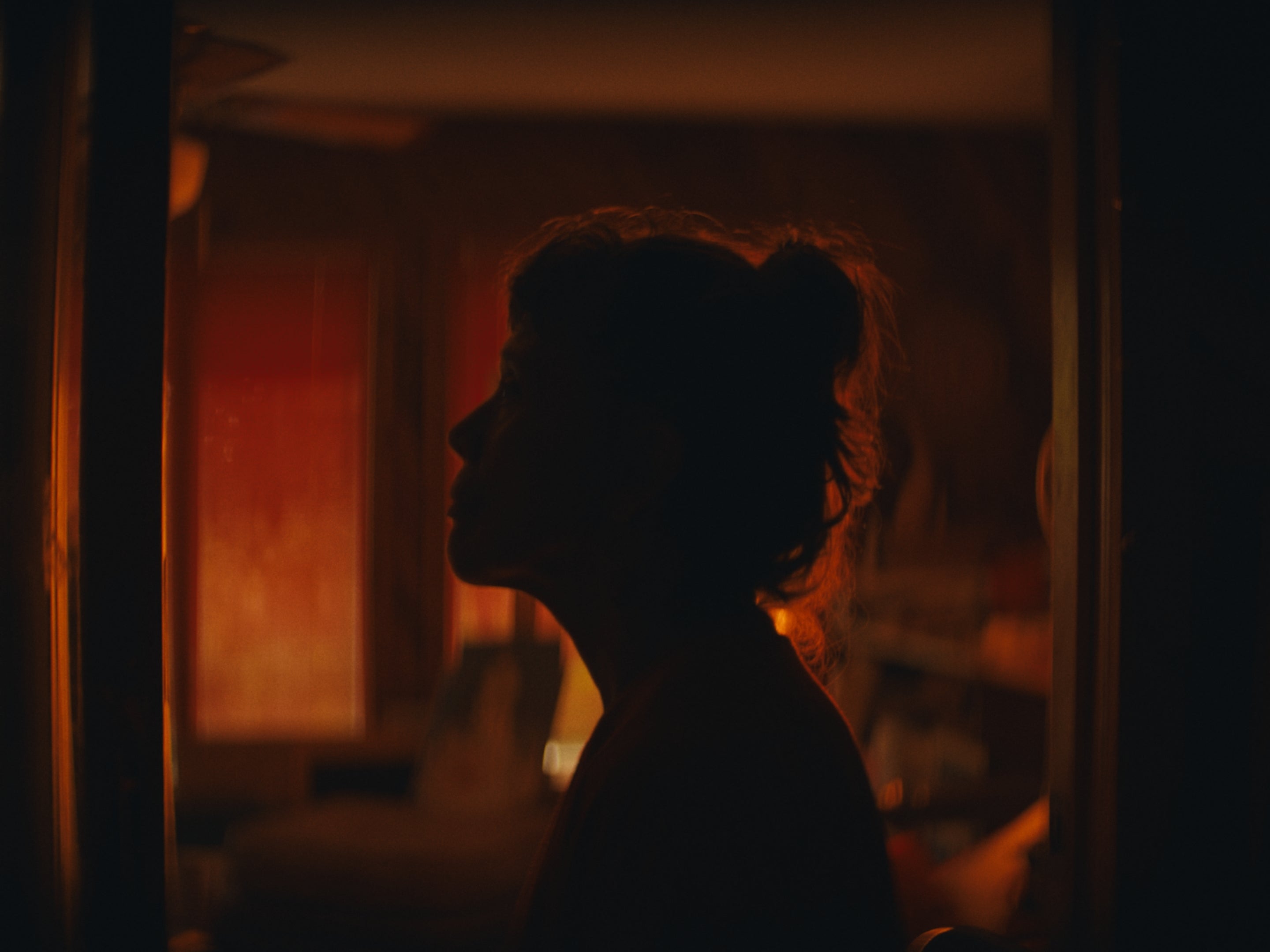
Sundance Festival Interview: How Waters and Hunter Highlighted Authenticity Within the Indigenous Community
Crafted predominantly by Waters and Hunter alone, Tiger wasn't just about telling an important story of Native artists and art. It was about having an authentic voice that could be found throughout the film, down to its core.
"I feel like we have a very contentious relationship with documentaries, as indigenous people. And we're currently in a time and space where every documentary on the circuit right now is co-directed by a white person," Hunter said. "I think that really dilutes our perspective as Indigenous creatives when it comes to how we lens a human being, how we light a human being, all of these creative choices that go into how we make edits, our cuts, how we frame things, and just like overall, how we would creatively shape this film and give it its form."
"And I think oftentimes, when it comes to these documentaries, we're only allowed on board as indigenous people for access. Like, we're only given that space so that the white co-director can come along and make all of these creative decisions while we work with the ‘subjects.’"
This perspective drove Waters and Hunter to hire as many members of the Native community as possible to craft this film. In addition to Amanda Moy and Eva Dubovoy, two non-Native editors based in LA, crew members all came from the Native Community.
'We had a lot of this in mind going into this as indigenous creators ourselves. And we really wanted this film to be very community-driven so we're always including Dana (and her family) in every step of the process. We wanted [this film] to represent our view of the world."
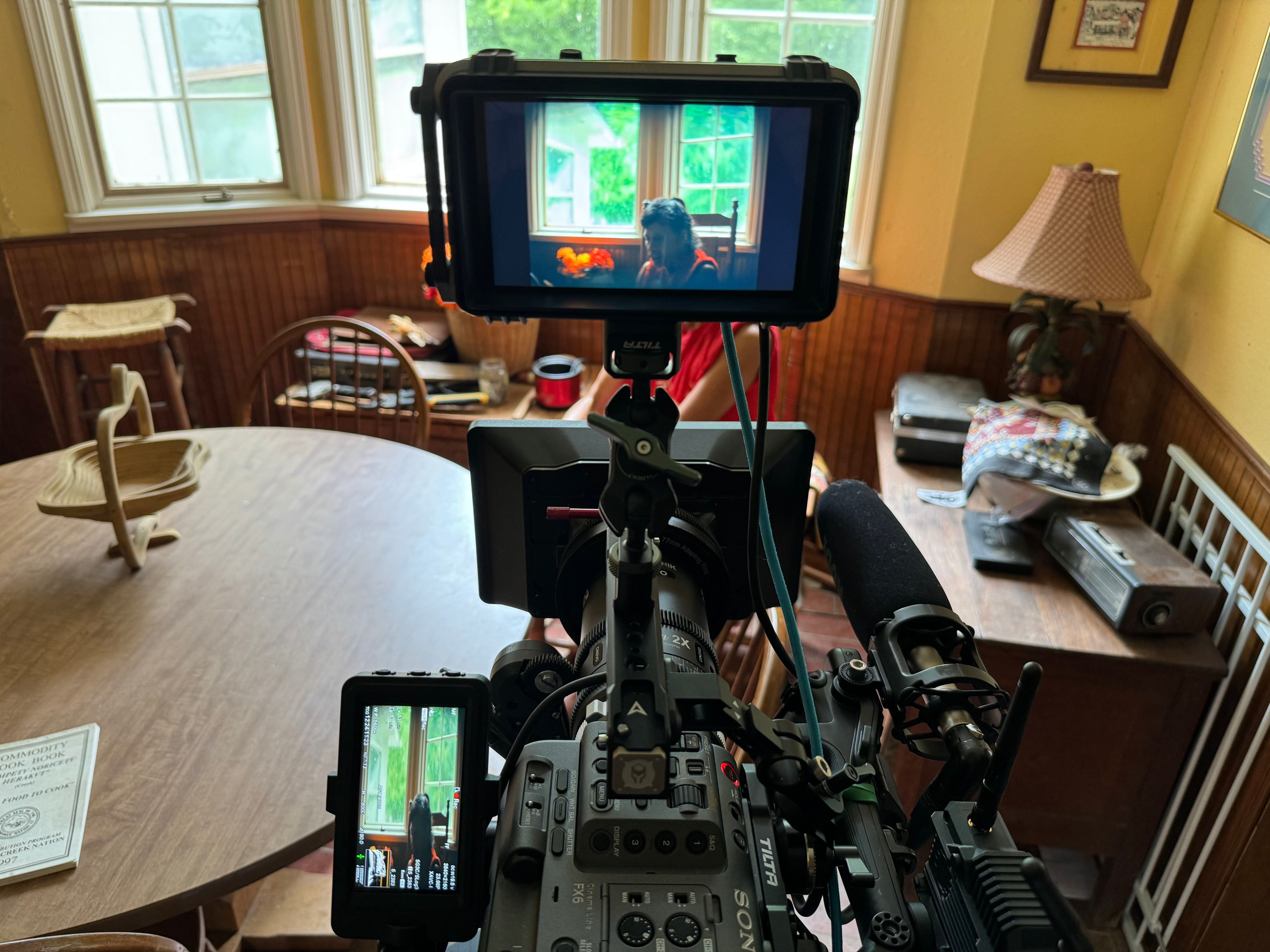
Sundance Festival Interview: How the Sony FX6 Crafted Cinematic Portraits
Tiger is a story about the family, and Dana is the connective tissue between the past and future, making her the focal point of the documentary. Crafting the portrait of Dana required an "out-of-the-box" approach to capture her “eclectic exuberance”, as Waters called it.
While the first scene of the documentary was filmed on a different camera system, Hunter quickly realized they needed a different tool for the story, convincing Waters to invest in a Sony FX6. Shot in 4K, Tiger was captured in ProRes RAW using an external Atomos RAW Recorder.
"The FX6 is a beautiful documentary camera. It's incredibly lightweight. It has built NDs, and it has the handle where…you can record internal audio," Hunter explained. "It's a perfect hybrid documentary-cinema camera…and we really wanted to push the FX6 to its limit on this film."
Hunter's approach was to build a camera rig that would embrace the vertical composition of portraiture and mix it with the cinematic essence of anamorphic cinematography.
"We shot it on a vertical mount, so it was 9x16, and then we [added] Kowa anamorphic lenses and de-squeezed vertically into 4x3 image," Hunter explained. "So, we're using the entire sensor and then shooting into 4x3 [with] a 2x and an additional 1.5x adapter."
"You get all of the beautiful characteristics that everybody loves about anamorphic, which is the soft-focus falloffs, the horizontal flares, and these painterly highlights," Hunter continued. "All of these things really added to what we were trying to do with Dana as an artist. We wanted to just think outside of the box."
"And again, it was really rooted in speaking to her character and really trying to create a painterly image with her, but also a portrait."
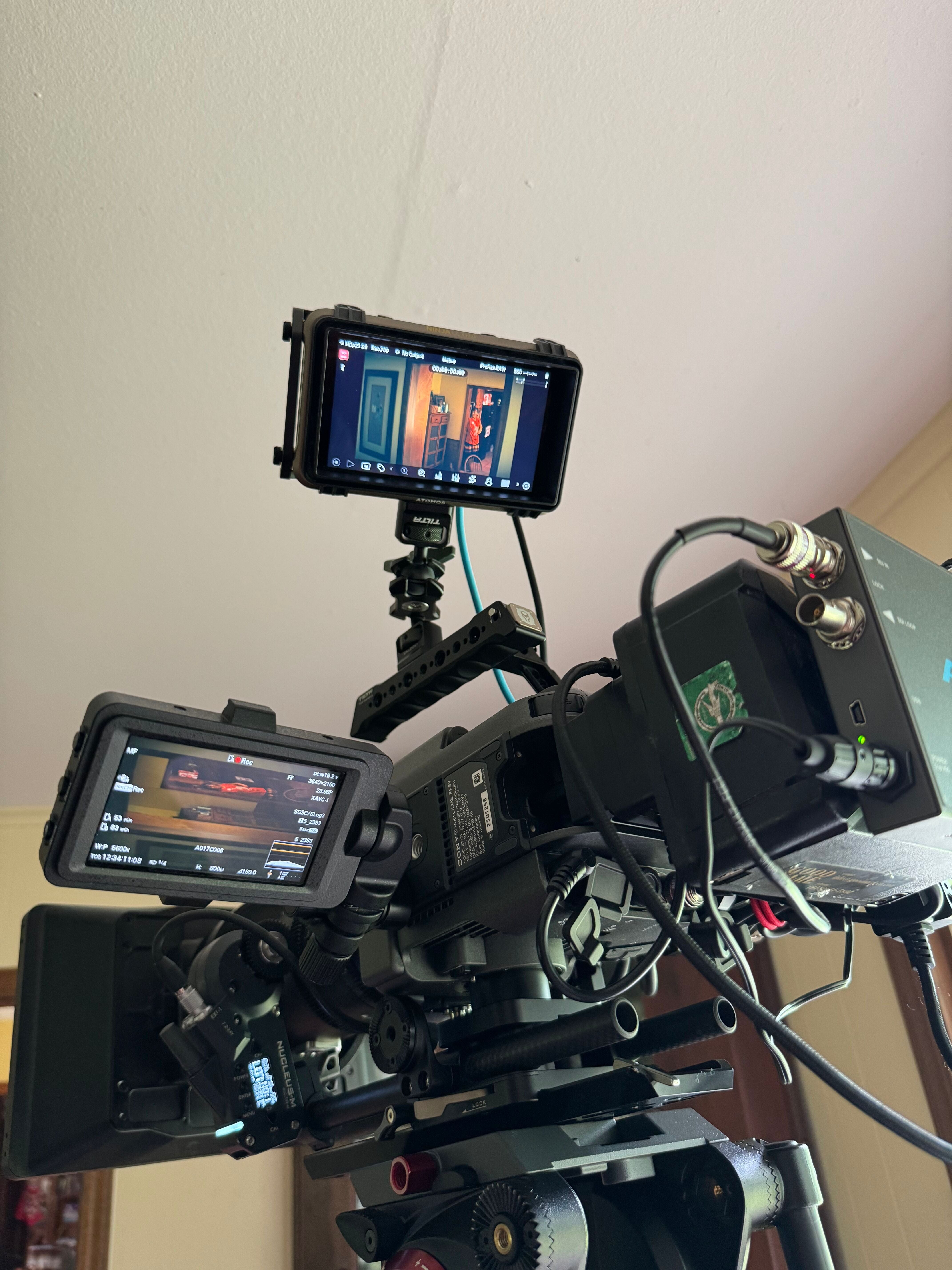
Even with such a massive lens setup, the FX6 was full-featured and compact enough for Hunter to operate solo. At times, Waters would jump in and pull focus between giving directions and asking interview questions, but the duo found they could handle most shoots on their own.
"I think when you have a [fully built-out studio camera], it just requires a lot more support. You need an additional AC, and everything just gets bigger," Hunter shared. "The FX6 is just very manageable, and it's very contained. You can make it as big and as small as you want."
"And I think that was important, having that flexibility when we're together versus when we did have an AC. We were able to expand it and make it full cinema mode."
With scenes spanning interiors and exteriors, as well as day and night shoots, the sensor sensitivity of the Sony FX6 supported Hunter and Waters, even as they shot their documentary sideways.
"We're able to program the dual ISO with the switch of a button," Hunter said. "So, when we found ourselves in a low light situation, we switched to ISO 12,800 and balanced it out with the ND filters."
"I think something like that really helped us push [the camera] and let us move a lot quicker."
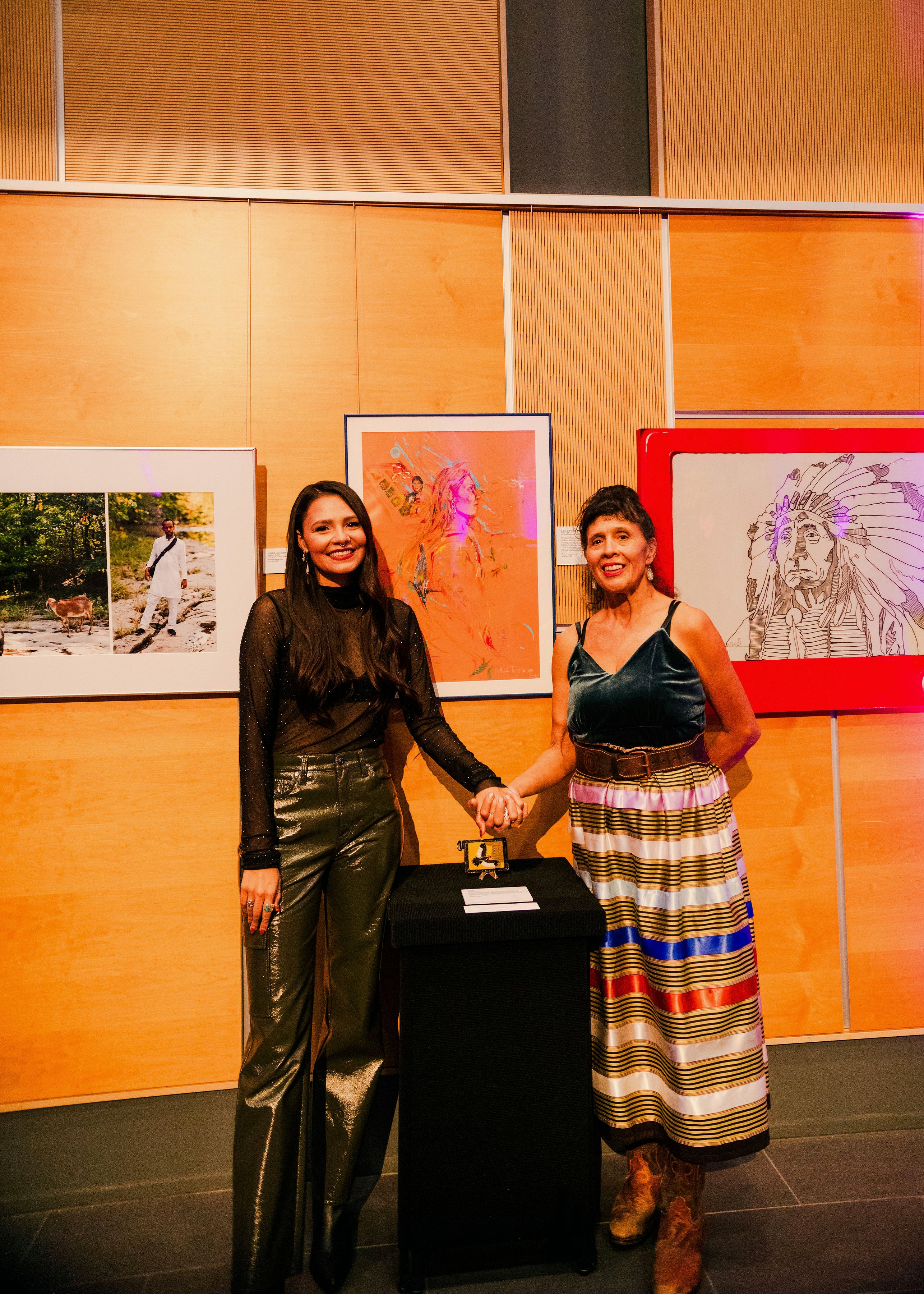
How the Documentary has Impacted the Indigenous Community
After its win at Sundance, Tiger heads to South by Southwest for another exhibition. For Waters and Hunter, the Short Film Special Jury Award isn't only a validation but a necessary part of the impact they want to make.
But for Dana, the film is an opportunity to share a legacy. Her son has now embraced the Tiger T-shirt brand and taken over production as Dana fights against Parkinson's. In the future, it will be in the hands of her grandson.
For everyone else, you can see the film at SXSW or visit tigerartgallery.com to get one of the iconic T-shirts for yourself.
